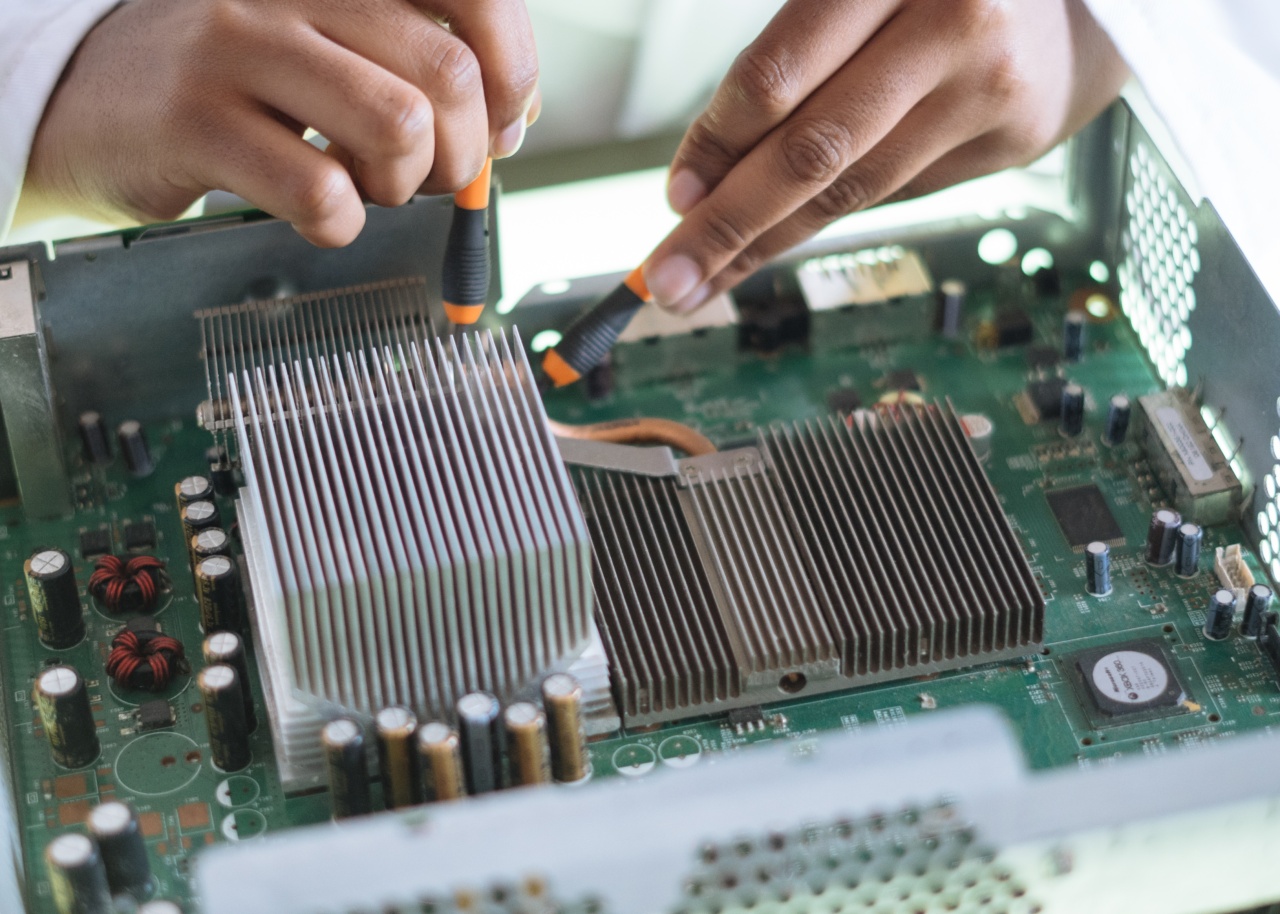Amniocentesis is a prenatal diagnostic procedure that is done to detect any chromosomal or genetic abnormalities in the fetus.
This procedure is usually done between 15 to 20 weeks of pregnancy and involves removing a small amount of amniotic fluid from the sac surrounding the fetus. The amniotic fluid contains fetal cells, which can be analyzed to detect any abnormalities.
In this article, we will provide a detailed video demonstration of the amniocentesis procedure, along with information on the risks, benefits, and possible complications.
Amniocentesis Procedure Video Demonstration
The amniocentesis procedure is usually done under ultrasound guidance to ensure that the needle is inserted into the correct location. The video below shows a step-by-step demonstration of the procedure:.
Preparation for Amniocentesis Procedure
Prior to the procedure, the doctor will explain the risks and benefits to the patient and obtain informed consent. The patient will have a blood test done to check for any infectious diseases or blood disorders that could affect the pregnancy.
It is important for the patient to empty her bladder before the procedure to reduce the risk of accidentally puncturing the bladder.
The Amniocentesis Procedure
The amniocentesis procedure usually takes about 20 minutes to complete. The patient will be asked to lie down on an examination table with her abdomen exposed. The area around the abdomen will be cleaned with an antiseptic solution.
The doctor will then use an ultrasound machine to locate the fetus and determine the best location to insert the needle. Once the location is determined, the doctor will mark the area with a pen.
The doctor will then insert a long, thin needle through the abdominal wall and into the amniotic sac. The needle will be guided by the ultrasound machine to avoid injuring the fetus or the placenta.
Once the needle is in the correct location, a small amount of amniotic fluid will be drawn out into a syringe. The syringe will be capped and labeled with the patient’s name and the date and time of the procedure.
After the fluid is drawn, the needle will be removed, and the area will be cleaned and covered with a sterile bandage.
Risks of Amniocentesis Procedure
As with any medical procedure, there are certain risks associated with amniocentesis. The risks include:.
- Bleeding or infection at the site of the needle insertion
- Accidental puncture of the fetal membranes or the placenta
- Fluid leakage from the amniotic sac
- Cramping or labor pains after the procedure
- Miscarriage
- Damage to the fetus
The risk of miscarriage as a result of the amniocentesis procedure is estimated to be about 1 in 300 to 1 in 500. However, the risk may be higher in women who have certain medical conditions or who are carrying multiples.
Benefits of Amniocentesis Procedure
The amniocentesis procedure can provide important information about the health of the fetus, including whether there are any chromosomal abnormalities such as Down syndrome or genetic conditions such as cystic fibrosis.
This information can help expectant parents make informed decisions about their pregnancy, such as whether to continue the pregnancy or to prepare for the care of a child with special needs.
It can also allow them to prepare emotionally and practically for the birth of a child with a condition that requires medical treatment or intervention.
Conclusion
The amniocentesis procedure is an important diagnostic test that can provide valuable information about the health of the fetus. It is important to carefully weigh the risks and benefits of this procedure before deciding whether to undergo it.





























